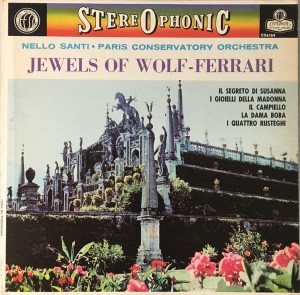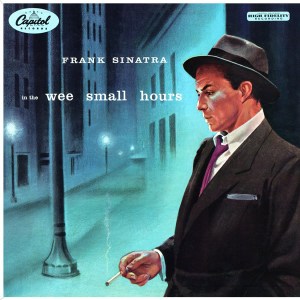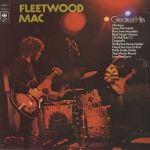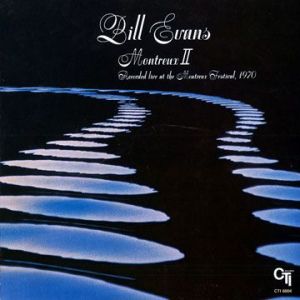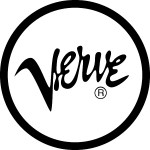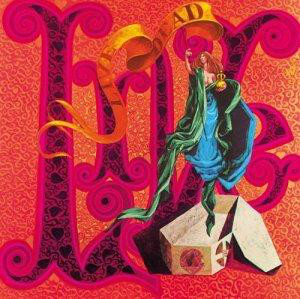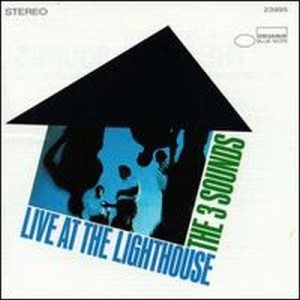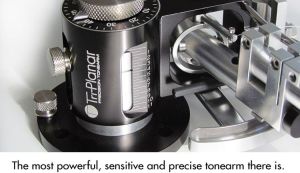
More Commentaries and Advice on Equipment
This listing, like the stereo itself (mine and yours), is a work in progress. It used to be on our website, but now resides here on the blog.
When I first got started in audio in the early- to mid-70s, the following important elements of the modern stereo system did not exist:
- Stand-alone phono stages.
- Modern cabling and power cords.
- Vibration controlling platforms for turntables and equipment.
- Synchronous Drive Systems for turntable motors.
- Carbon fiber mats for turntable platters.
- Highly adjustable tonearms (for VTA, etc.) with extremely delicate adjustments and precision bearings.
- Modern record cleaning machines and fluids.
- And there wasn’t much in the way of innovative room treatments like the Hallographs we use.
Our reason for having this kind of commentary on a site ostensibly devoted to the selling of records is simple: the better your stereo sounds, the better our records sound, and, more importantly, the bigger the difference between our records and the copies you already own. That includes those LPs recommended by “audiophile” record dealers, which tend to be on Heavy Vinyl, at 45 RPM, half-speed mastered or, even worse, Japanese pressed.
We have no interest in any of them. Why? On our system they rarely sound better than second-rate.
We love our modified Legacy Focus speakers, even more now that they have much improved high frequency extension courtesy of Townshend Super Tweeters.
Our preamp and amp are vintage and low power; the Focus can play quite loudly with the thirty watts our amp puts out. We are big fans of Low Power (but not single ended) and are not the least bit happy with the current trend toward high-power amps, whether tube or transistor. (This trend started in the early ’70s with the Phase Linear 400 amp and has only gotten more out of hand with each passing year.)
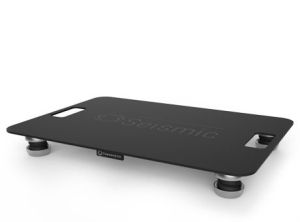 We tried higher power amps to do the shootouts for Nirvana, AC/DC and their ilk but gave up fairly quickly. Using those amps involves major trade-offs; trade-offs whose costs rarely exceed their benefits. With more power comes less Tubey Magic, sweetness, transparency, three-dimensionality and that wonderful relaxed quality which gives the music its flow and sense of ease.
We tried higher power amps to do the shootouts for Nirvana, AC/DC and their ilk but gave up fairly quickly. Using those amps involves major trade-offs; trade-offs whose costs rarely exceed their benefits. With more power comes less Tubey Magic, sweetness, transparency, three-dimensionality and that wonderful relaxed quality which gives the music its flow and sense of ease.
High power amps do none of these things well, but most speakers today are terribly inefficient and require their use, a choice most audiophiles do not even know they are making when they buy them. I made that mistake myself many years ago. Live and learn.
Most of our wiring — interconnect, phono and power cord — is custom.
Having said that, this commentary is all about why you shouldn’t care a whit about the equipment we use.
Latest Findings
Prelude Step 4
(more…)
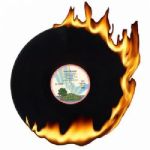 There is an active thread on Audiogon inviting members to list what they believe are the
There is an active thread on Audiogon inviting members to list what they believe are the